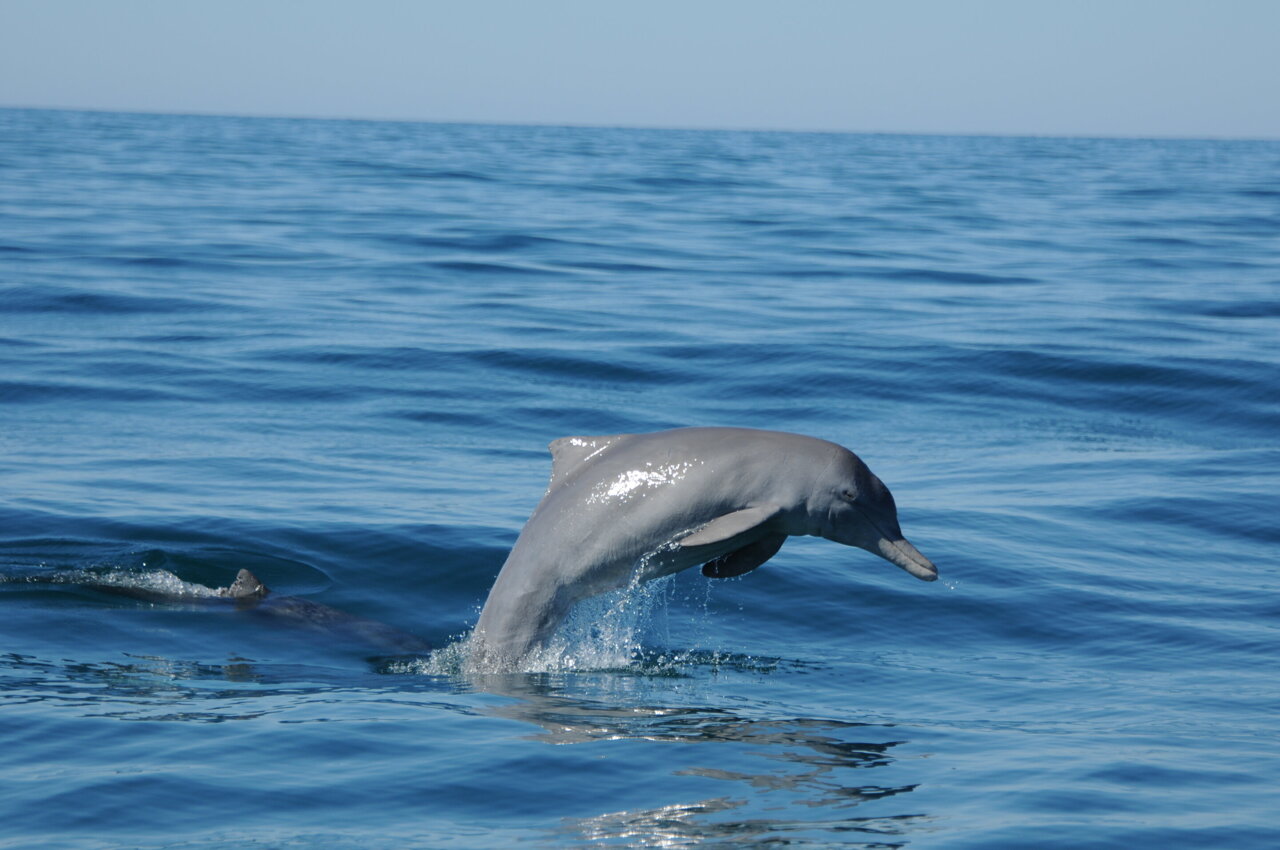The study involved observations of both single-species and mixed-species assemblies of humpback and bottlenose dolphins.
A comprehensive examination of two dolphin species in Australia highlights the evolution of their behaviors to coexist and create mixed-species groups in northwestern Australia.
In a groundbreaking research effort detailed in the journal Animal Behaviour, researchers from Flinders University delve into the intricate mechanisms that enable the cohabitation of the Australian dolphin (Sousa sahulensis) and Indo-Pacific bottlenose dolphin (Tursiops aduncus).
Through meticulous data collection spanning six years in the vicinity of the North West Cape, WA, the study, spearheaded by Dr. Jonathan Syme and Associate Professor Guido J Parra from Flinders University’s Cetacean Ecology, Behaviour, and Evolution Lab (CEBEL), utilized behavioral focal follow data to explore coexistence mechanisms and the roles of their mixed-species groups.
Dr. Jonathan Syme, a Ph.D. graduate from Flinders College of Science and Engineering, highlights key discoveries from the research, revealing distinct behavioral differences between the humpback and bottlenose dolphins, indicating variations in resource utilization and behavior within the research area.
The humpback dolphins were observed dedicating more time to travel, displaying higher transition probabilities towards travel activities and longer travel bout lengths. Conversely, bottlenose dolphins exhibited extended periods dedicated to foraging and longer foraging bouts.
These behavioral distinctions suggest that humpback and bottlenose dolphins employ different strategies in utilizing the research area, potentially reducing direct competition and fostering coexistence.
Notably, temporal variations in foraging behavior between the two species could contribute to their harmonious resource-sharing within the same habitat.
The study encompassed observations of both single-species and mixed-species groups of humpback and bottlenose dolphins, aiming to explore potential mechanisms supporting behavioral coexistence and unravel the functions of mixed-species dolphin clusters.
Furthermore, the study delved into the behavior of mixed-species groups, unveiling intriguing insights into the social dynamics of these interactions.
In mixed-species groups, both humpback and bottlenose dolphins displayed modified behavioral patterns, with increased transition probabilities towards social activities and extended socialization periods.
Co-author and CEBEL director, Associate Professor Guido Parra, underscores the social advantages stemming from mixed-species group formations.
Mixed-species groups may serve purposes such as the practice of socio-sexual behaviors, providing an optimal environment for calf development, and facilitating ‘alloparental’ care (assistance in offspring care by individuals not their biological parents).
The study outcomes not only enrich our comprehension of the coexistence dynamics within marine mammal communities but also shed light on the roles of their interspecific interactions. Assistant Professor Jeremy Kiszka from Florida International University supported the research alongside Associate Professor Parra.
More information:
Jonathan Syme et al, Behavioural variation facilitates coexistence and explains the functions of mixed-species groups of sympatric delphinids, Animal Behaviour (2024).
Citation:
Diving into the secret life of mixed-species dolphin groups in Australia (2024, February 19)
retrieved 19 February 2024
from https://phys.org/news/2024-02-secret-life-species-dolphin-groups.html
This document is subject to copyright. Apart from any fair dealing for the purpose of private study or research, no part may be reproduced without the written permission. The content is provided for information purposes only.
